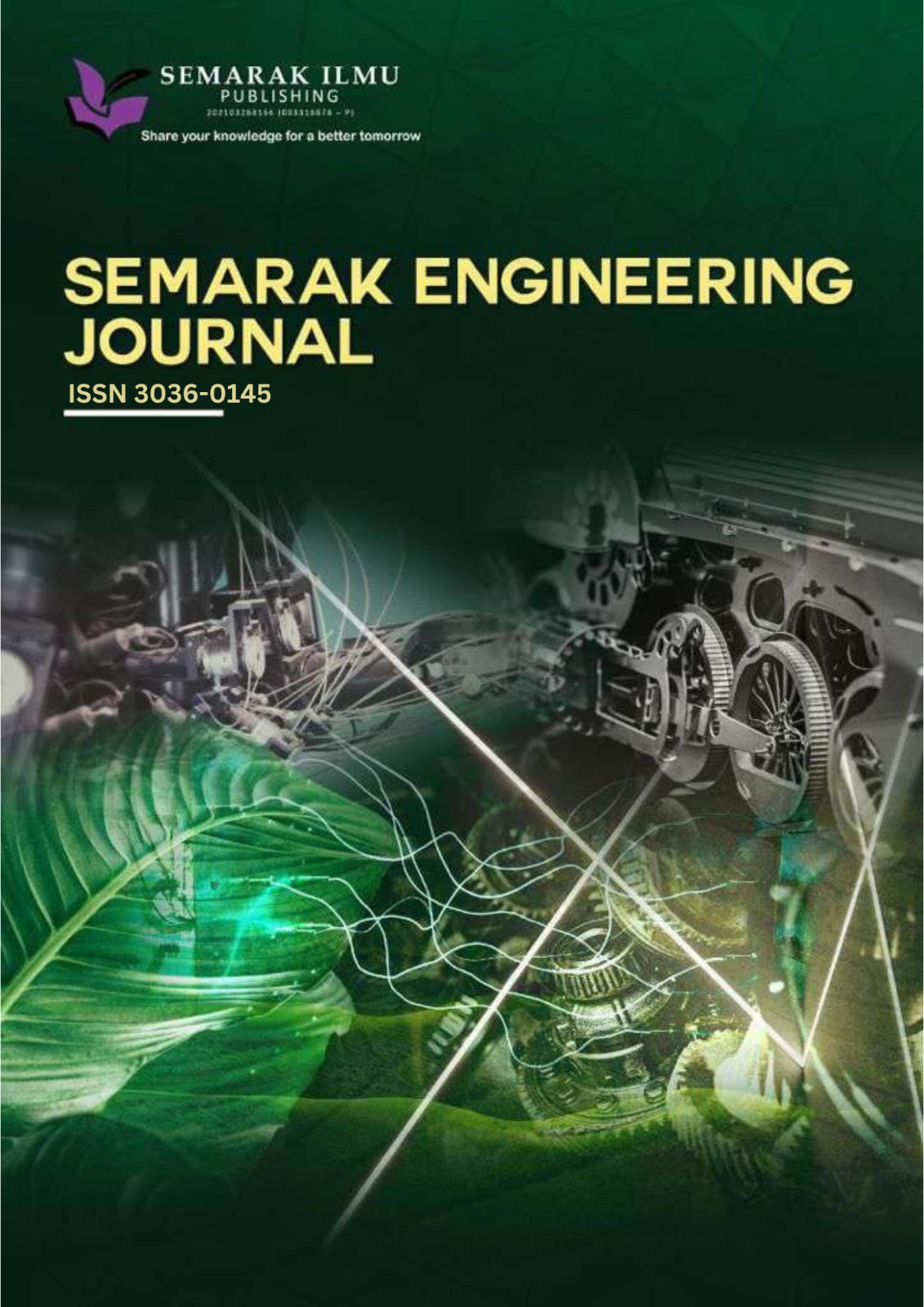Magnetohydrodynamic of Williamson Hybrid Nanofluids Flow Over a Non-Linear Shrinking Sheet with Viscous Dissipation and Joule Heating
DOI:
https://doi.org/10.37934/sej.7.1.3147Keywords:
Williamson, MHD, viscous dissipation, Joule heating, hybrid nanofluid, shrinking, bvp4cAbstract
Heat transfer plays a crucial role in various industrial applications. Thus, this study investigates the heat transfer characteristics of a non-Newtonian Williamson hybrid nanofluids flowing over a non-linear shrinking sheet, incorporating MHD effects and viscous dissipation. Alumina and Copper nanoparticles are dispersed in a CMC-water base fluid, representing a non-Newtonian hybrid nanofluid with shear thinning behaviour. The complex mathematical model is transformed into similarity equations using appropriate transformations, and the MATLAB function bvp4c is employed to solve these equations numerically. The model’s accuracy is validated by comparison with an established model, demonstrating reasonable agreement. The study analyses the impact of various fluid parameters, including magnetic, Eckert number, Williamson, suction, and nanoparticle volume fraction, on fluid flow behaviour. Results show that increased suction enhances both the skin friction coefficient and heat transfer rate, while a higher Williamson parameter reduces both. The heat transfer rate decreases with an increase in the Eckert number. Additionally, an increase in the magnetic parameter and nanoparticle volume fraction leads to higher skin friction but a lower heat transfer rate.
Downloads











